My Happy Place
Camping in the bush
Do you, like me, long to escape the sameness of daily life? And when did life become like this – commitments, appointments, repairs, administrative tasks, the phone? It can seem overwhelming. No matter where you live there are certain responsibilities that you face – an ever-increasing set I find. But a road trip can leave all that behind for a short space of time. It’s been a long winter without my usual three-month trip in my Troopie to the outback and winter sun of the Australian mainland. Now, with the warmer weather having arrived in Tasmania, it is time to step forth.
I’ve just had two weeks travelling and camping in the Central Highlands and North-West of Tasmania. It’s amazing how easy it is to actually leave the ties behind. When I hit the road, life becomes a myriad of possibilities, experiences and adventures.
First stop, a birthday celebration with old friends staying at Bronte Lagoon, but walking in the southern part of Cradle Mountain- Lake St Clair National Park to Shadow Lake, while breathing in the sights and smells of bush after rain, and swimming in the waters of the icy lake.
Then north to Cradle Mountain with some of my walking group, exploring the less visited trails to Mt Kate and the valley out of Ronnie Creek. Initially a walk with wombats , the latter became a slosh through mud to arrive at tall stands of Pandani, sentinels rising, reminiscent of the Doctor Who’s Daleks, marching along the creek at the lower slopes of the valley.
The Mount Kate walk was a feast of plant spotting and identifying the finds. We marvelled at the vista of Scoparia transforming from hard orange buds to delicate red-feathered flower stalks. We sorted out the difference in foliage from King Billy Pines and Pencil Pines as we meandered through rich groves of each. The native Pittosporum is a plant we’ve recently identified in our bush and we were delighted to find three with their multi-coloured flowers. We scrabbled on our hands and knees looking at orchids and mosses and lichens. It was a naturalist’s delight!
Onward then, in my Troopie, meeting up with other friends. First stop to Waratah, an old mining town from the 1800s. With my love of rocks and fossicking I’m in my element – old mines to explore, old buildings to reflect on, specking for mineral samples around the old tin workings. Camped by a lake watching the ducks dive, and spotting for platypus.
A contrast to the coastal camp at Black River, where camped amongst the trees with bees buzzing overhead in the Melaleucas, we were surrounded by wrens, fantails, wattle birds and fan-tailed cuckoo shrikes.
Then to my heart place, the rainforests of the Tarkine/Takayna, walking along the tannin stained creeks and rivers. Marvelling at the reflections in Lake Chisholm, an incredibly deep sink-hole. In awe of the giant eucalypts. Sheltering under the canopies of Sassafras and Myrtle. Standing tall against the matted felt trunks of the tree ferns. Walking! Walking! Walking! Rain dripping in the rainforest. Renewal in the rainforest.
Ominously, nearby, we could hear the sounds of trucks reversing and machinery clear-felling next to this small reserve. Log trucks raced along the roads. I am determined to be part of the fight to save what remains of Takayna, and have it connected to our existing South-West World Heritage area, while being returned to our Tasmania Aboriginals for management.
Next, four-wheel driving into Balfour where the road had been refurbished with gravel and culverts. Even a bridge. Not a challenge at all. Last trip I needed the Troopie height and snorkel to navigate through deep water-filled pits and across the flowing river. Balfour, a town with a past, mined for tin, wolfram and copper in the early 1900s, and evidence all around – abandoned miner’s huts, a poignant cemetery, a mountain of over-burden, adits, iron relics, and a delightful walk through groves of dogwood to the raging Frankland River, traversed with huge iron hawsers, a reminder of the glory days of their impressive bridge.
Further up ‘The Road to No-Where’ we actually came to some-where, the small town of Arthur River on the coast where the mighty Arthur River, that traverses the Tarkine, emerges to the sea. ‘ The Edge of the World.’ These pounding shoals lead to the great Southern Ocean, with no other land-fall until Argentina in South America. The sea is wild, the waves are high, the clear waters turn to frothy scum with the sheer force of the ocean smashing to the shore. The air is pure. This area is recognised as having the purest air in the world. A great spot for camping and beach-combing. The beaches and rocky foreshores are ladled with piles of driftwood trunks, branches and collectable pieces of smoothed pine, sculptured hardwood and painted sections of old wrecks.
The edge of the world? There is nothing left to do, but turn around and head south-east to home, eight hours drive, but another life away, leaving behind the ‘other’ world of adventure, revitalisation, renewal and peace.
Nature fuels the soul!

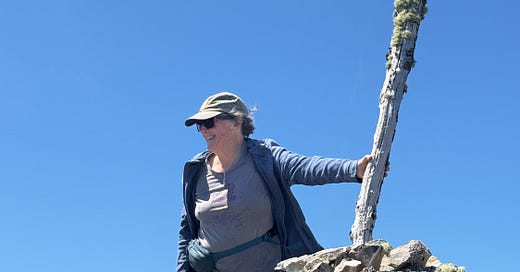




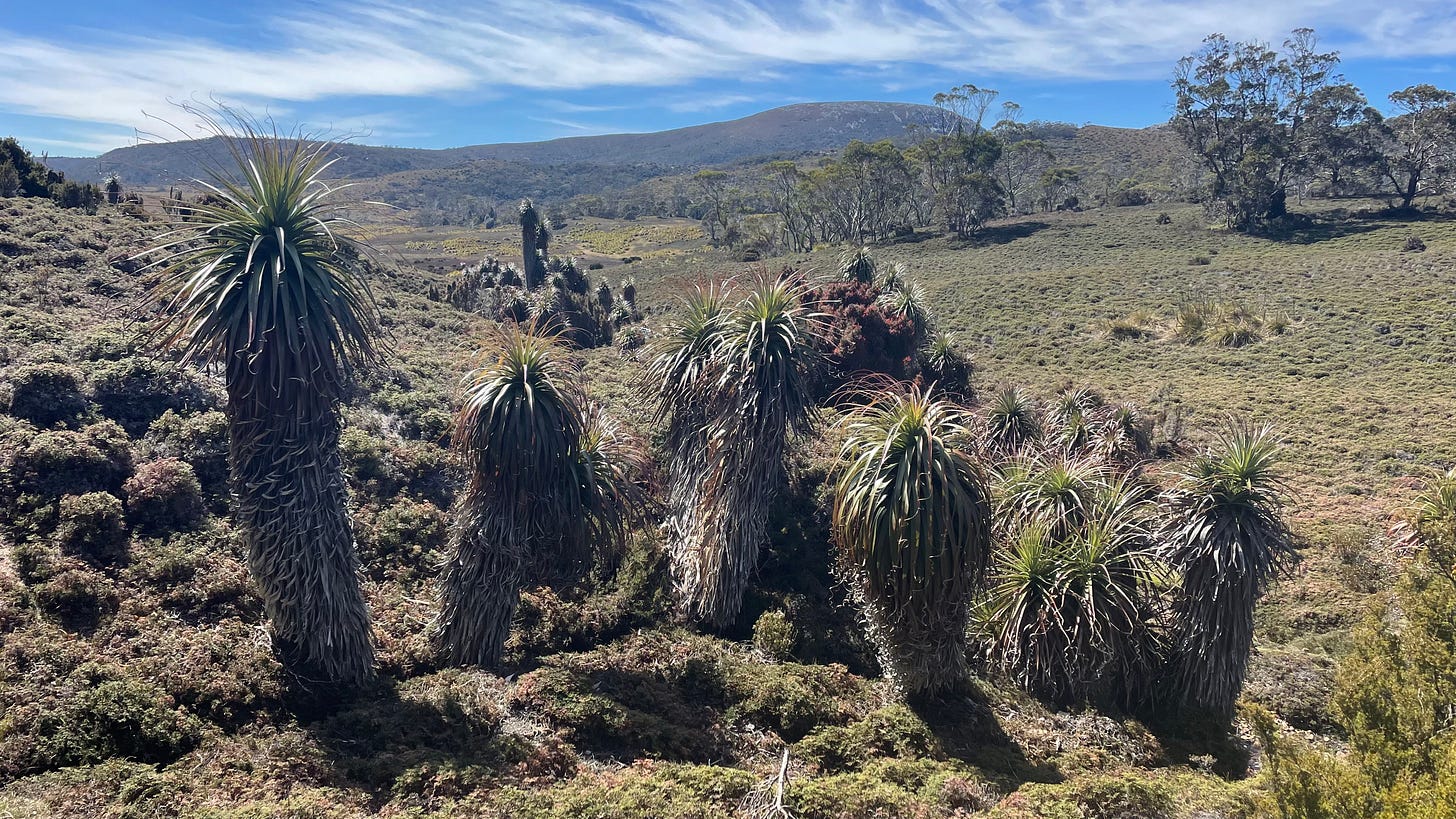
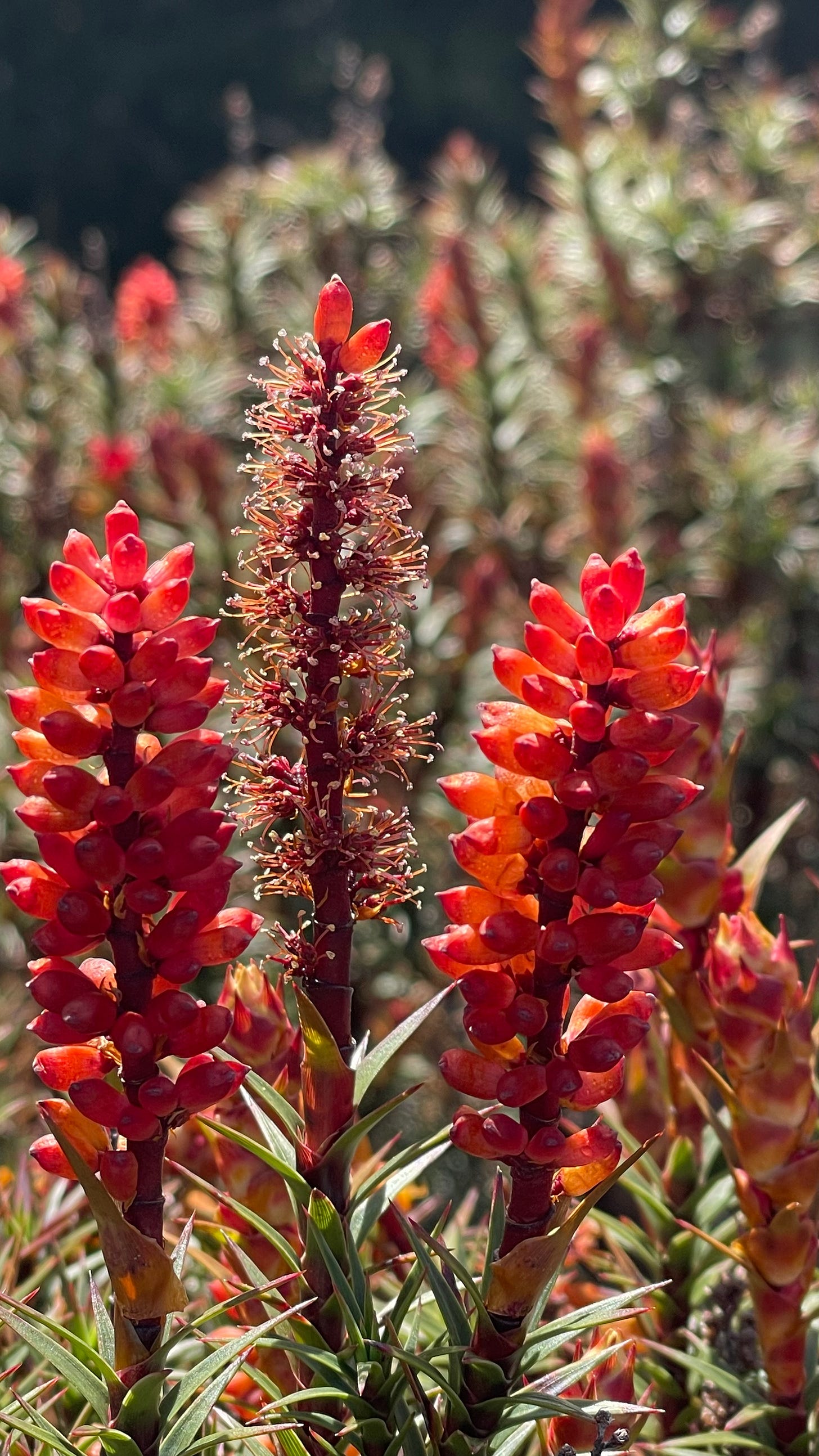
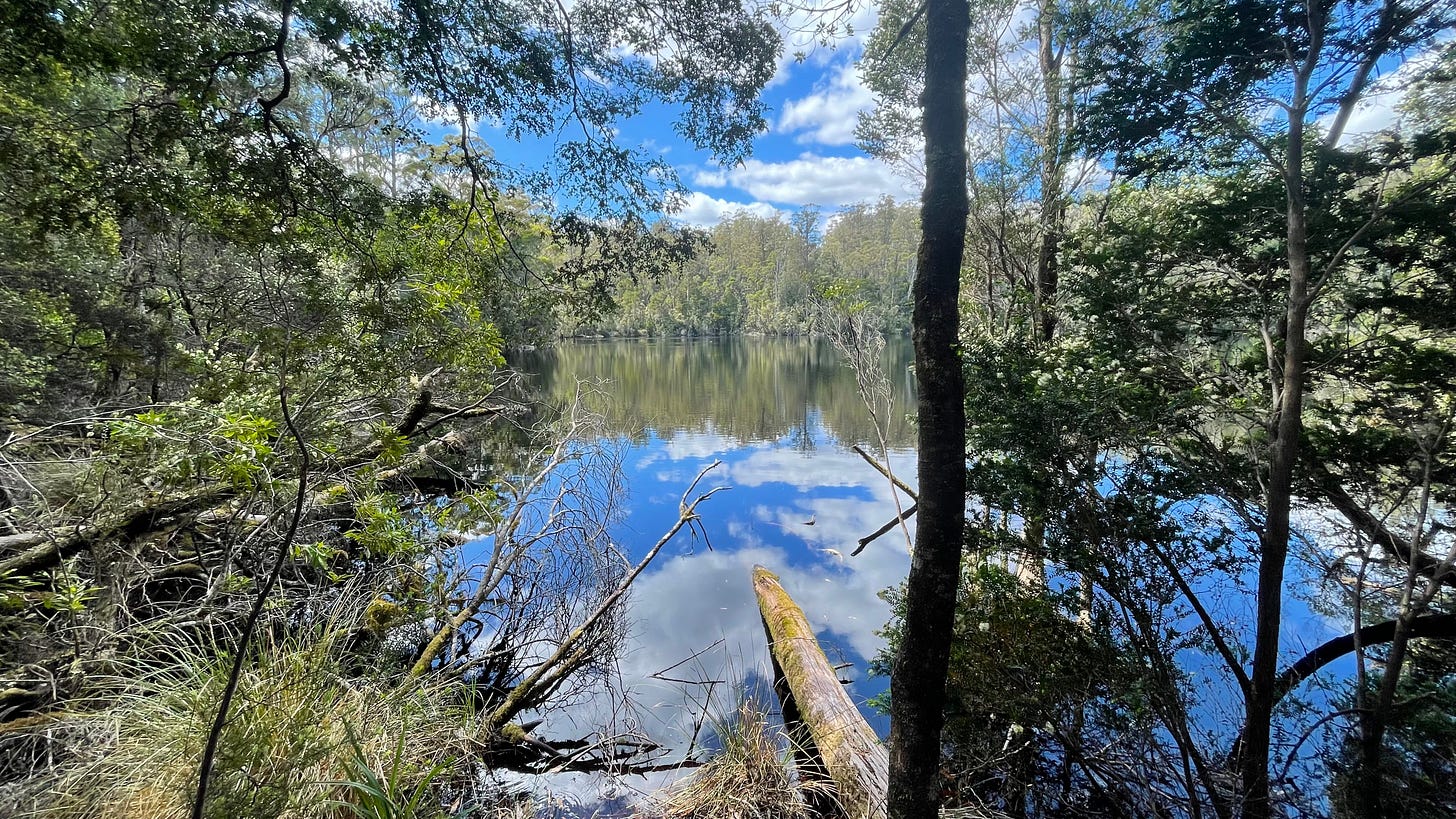
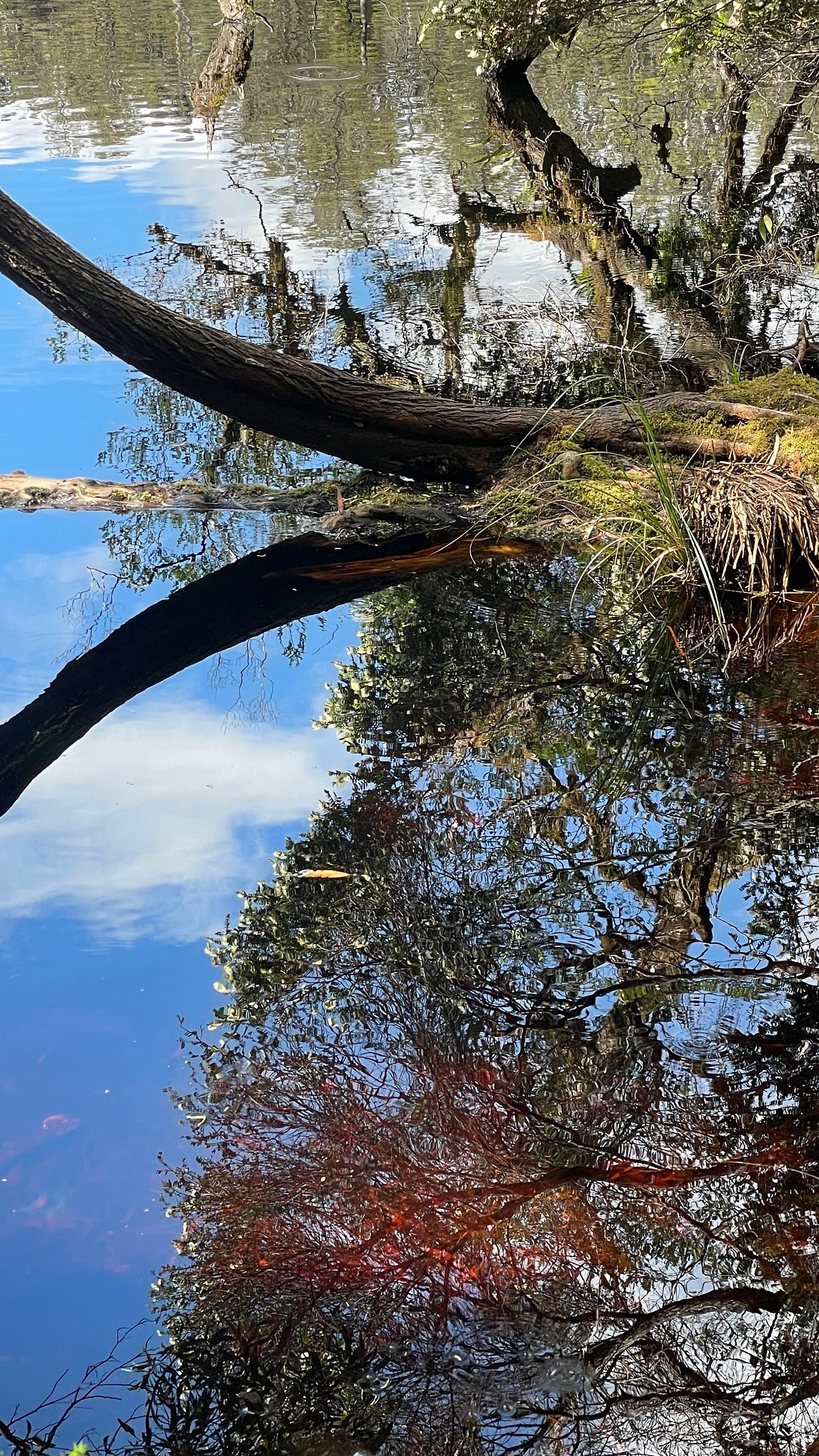
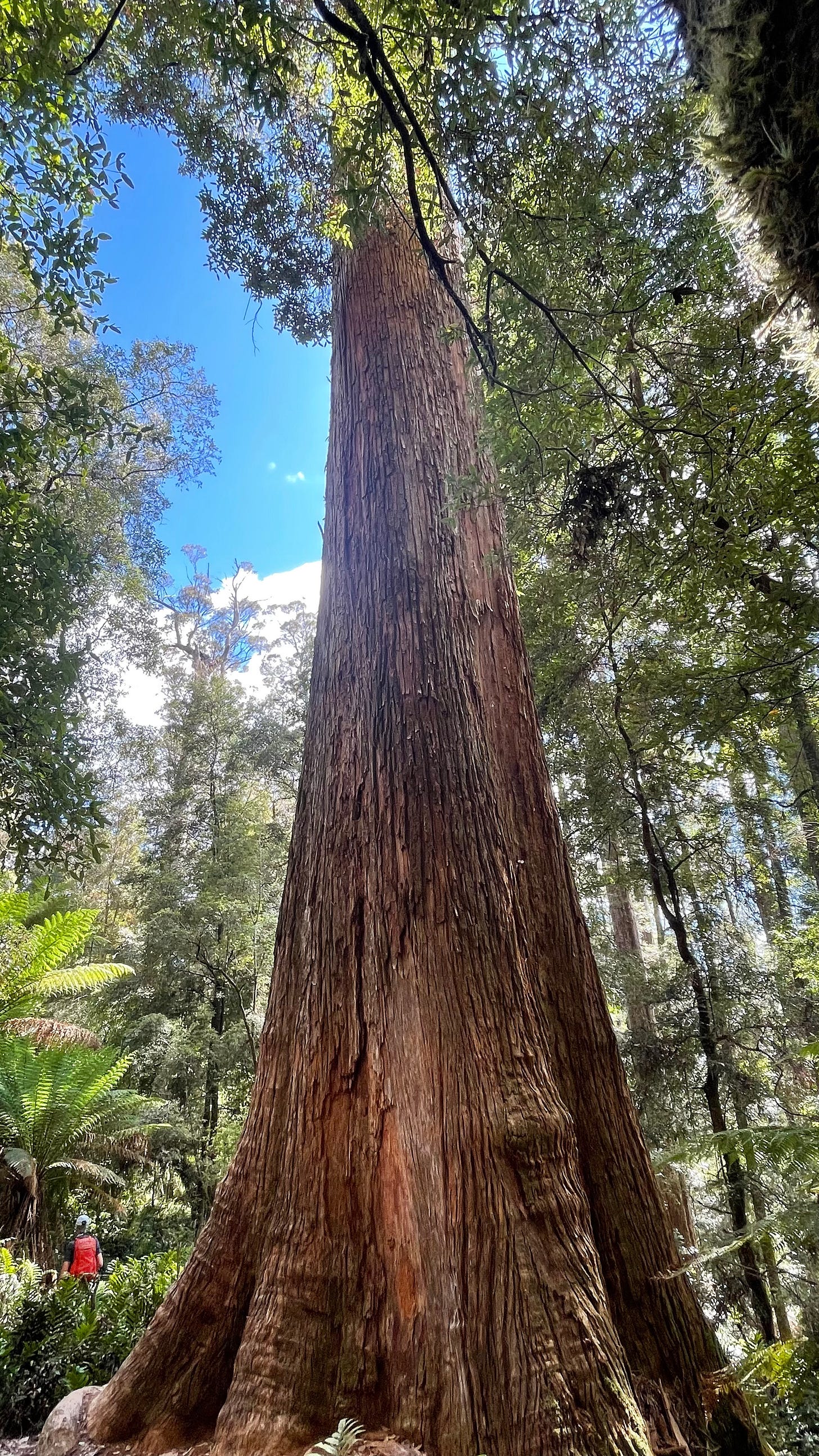
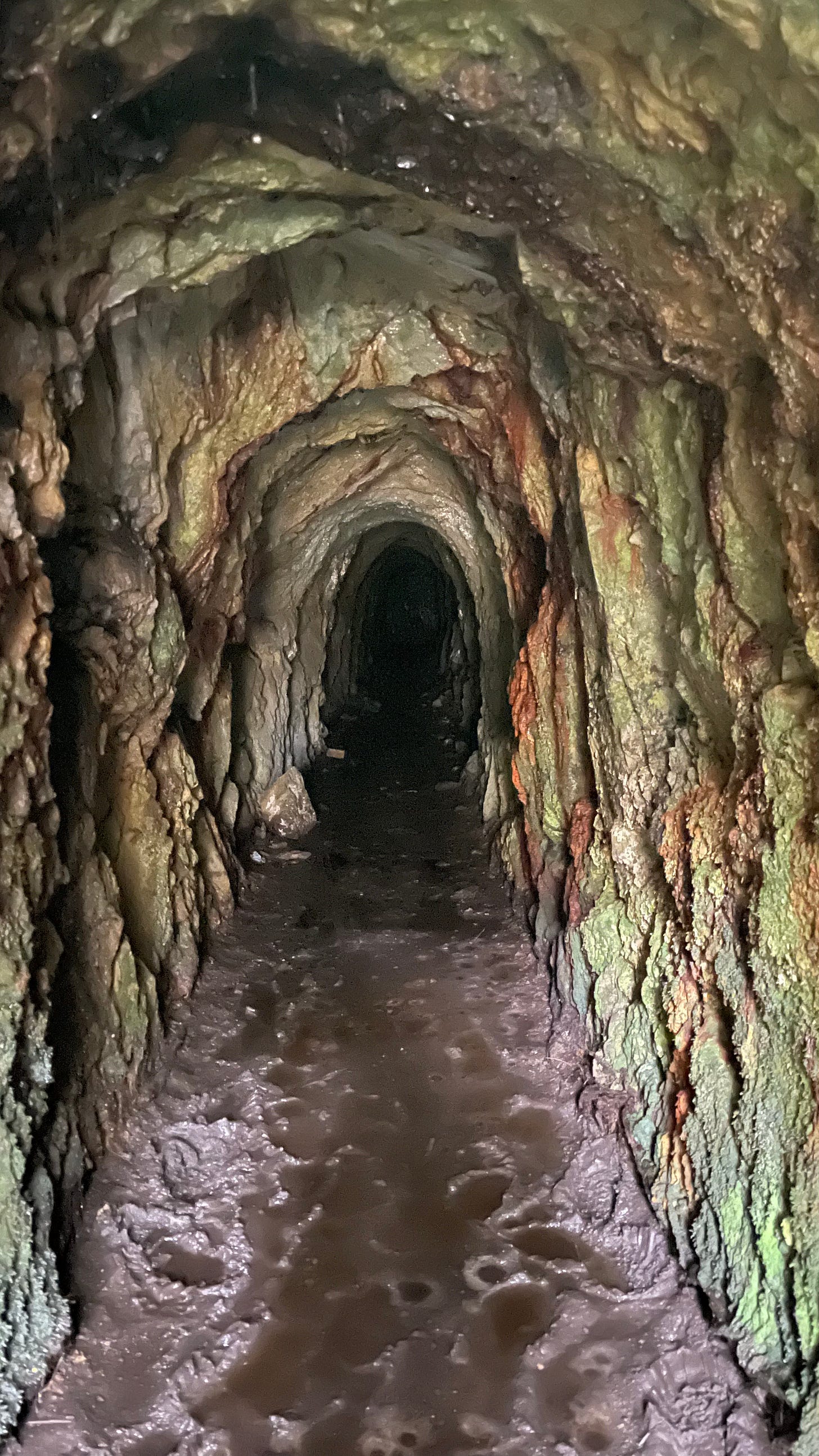
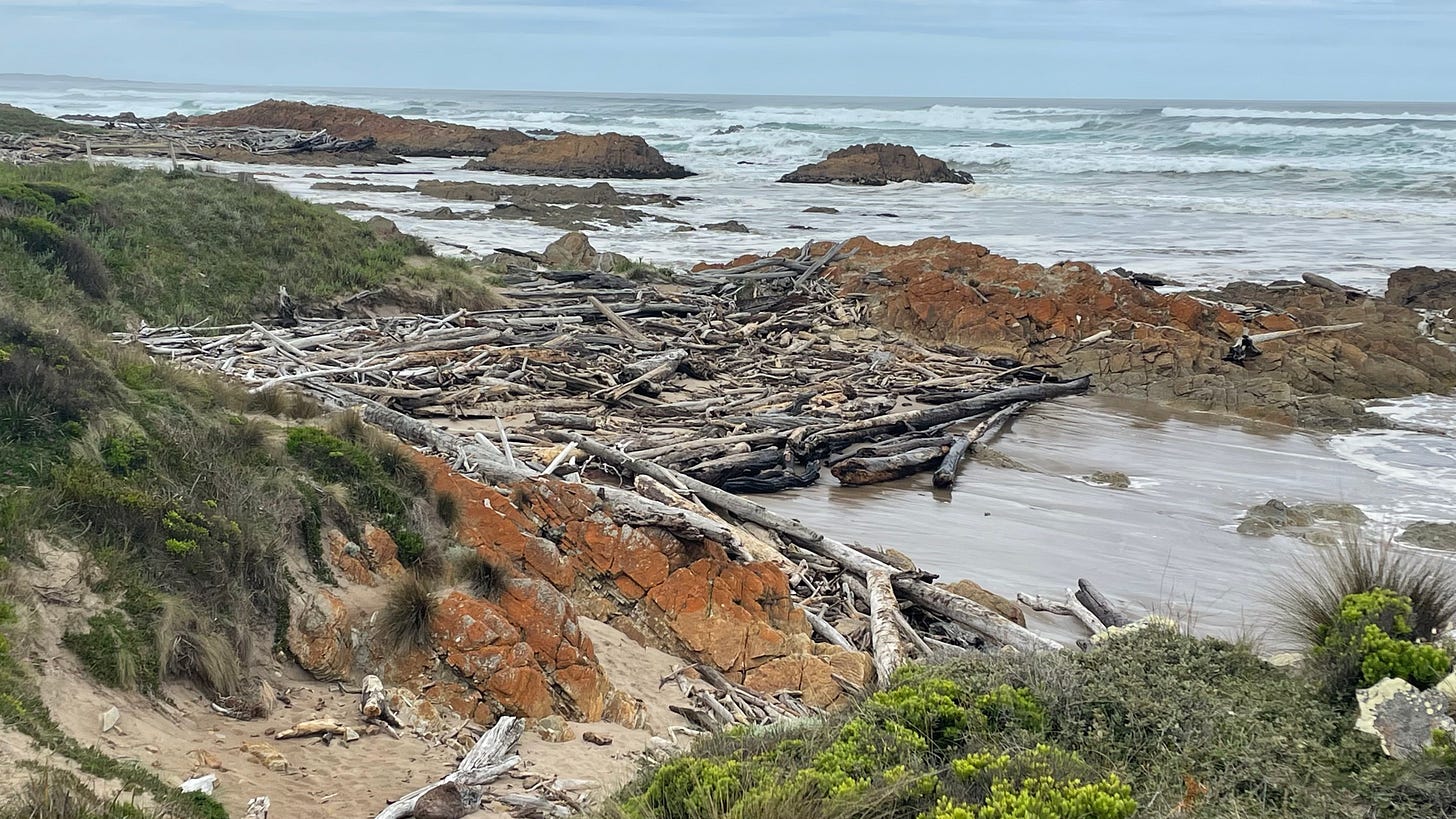
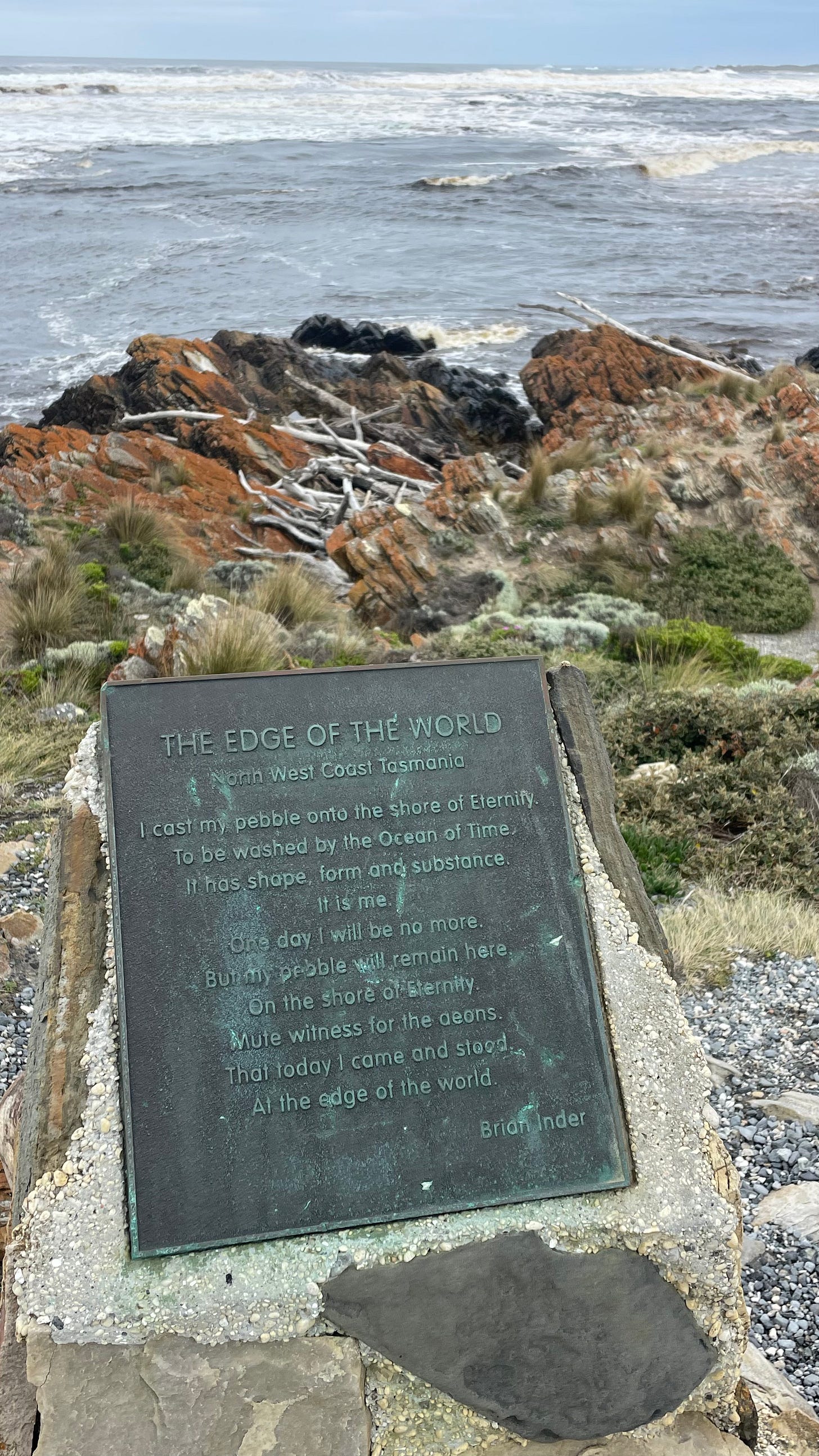
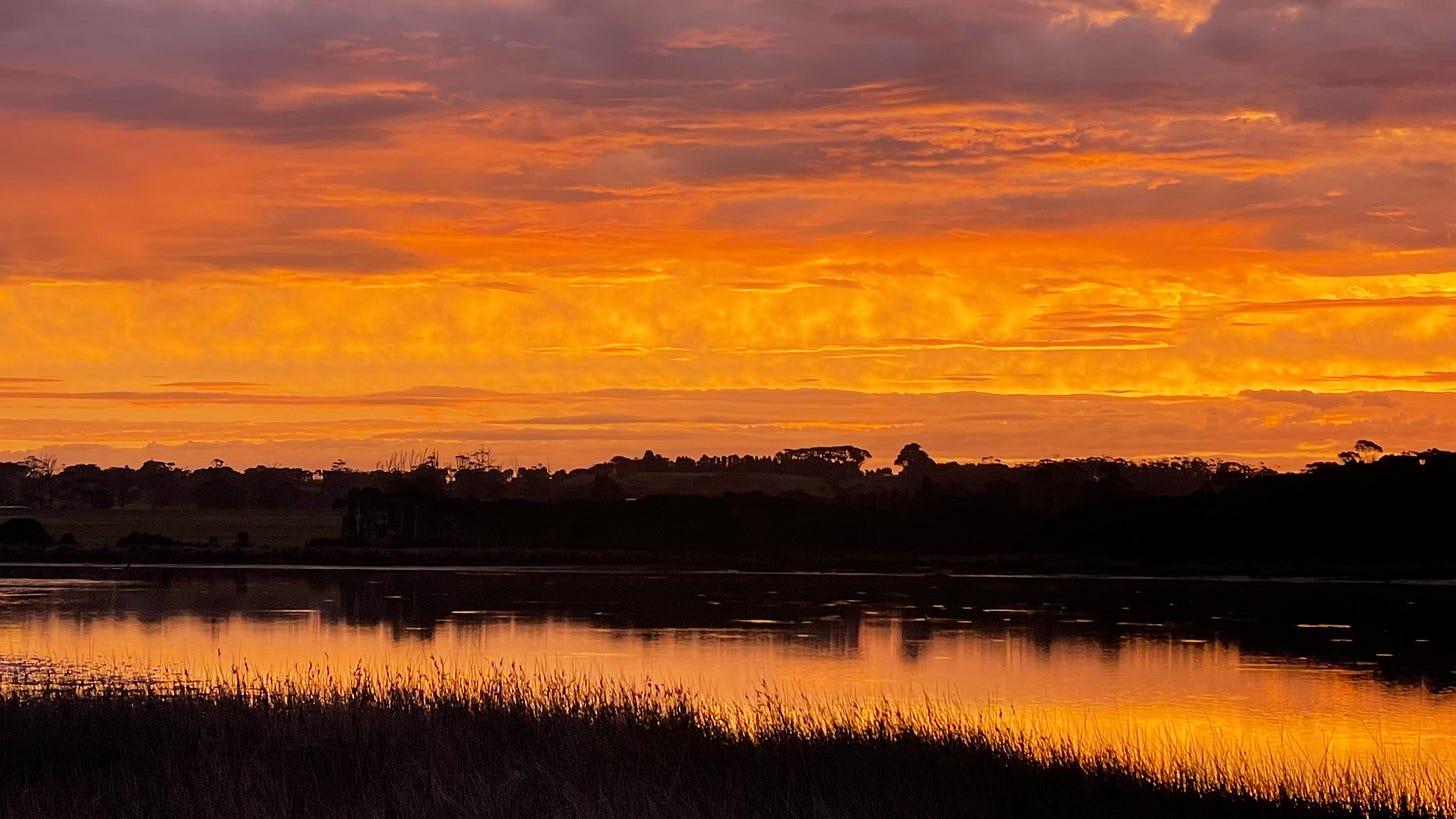
Loved this 👏
Loved your images.
How different can two sisters be! Dislike camping - give me a luxury hotel anytime with shopping.